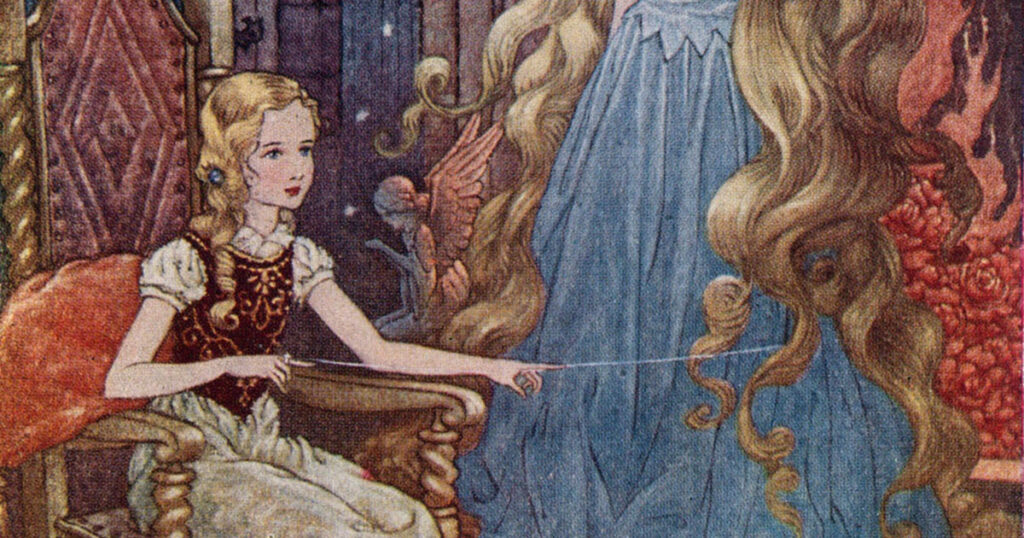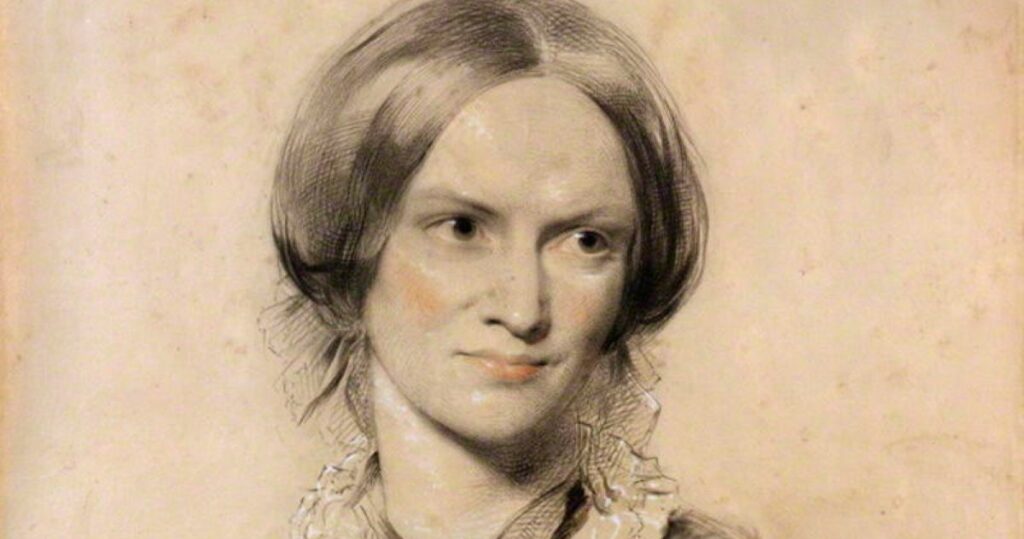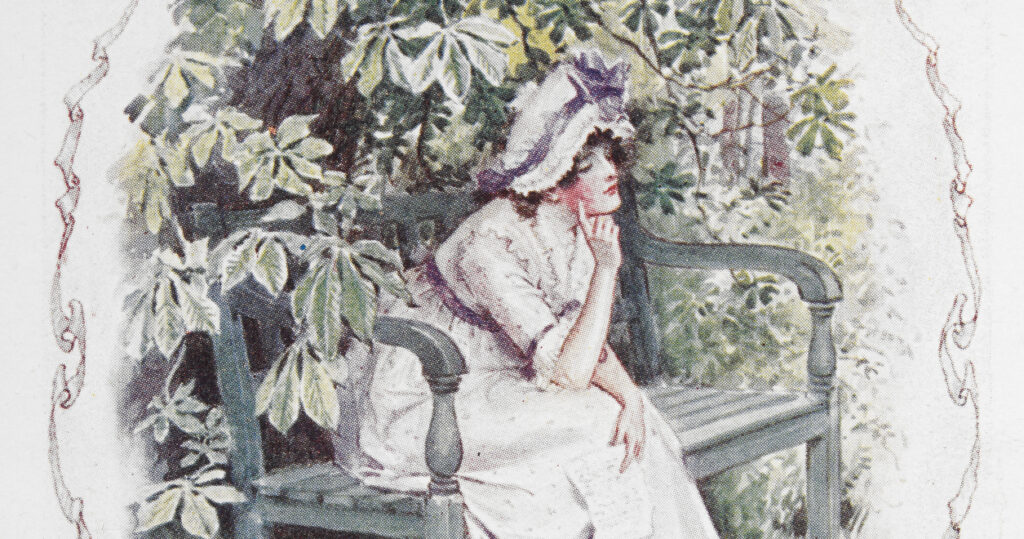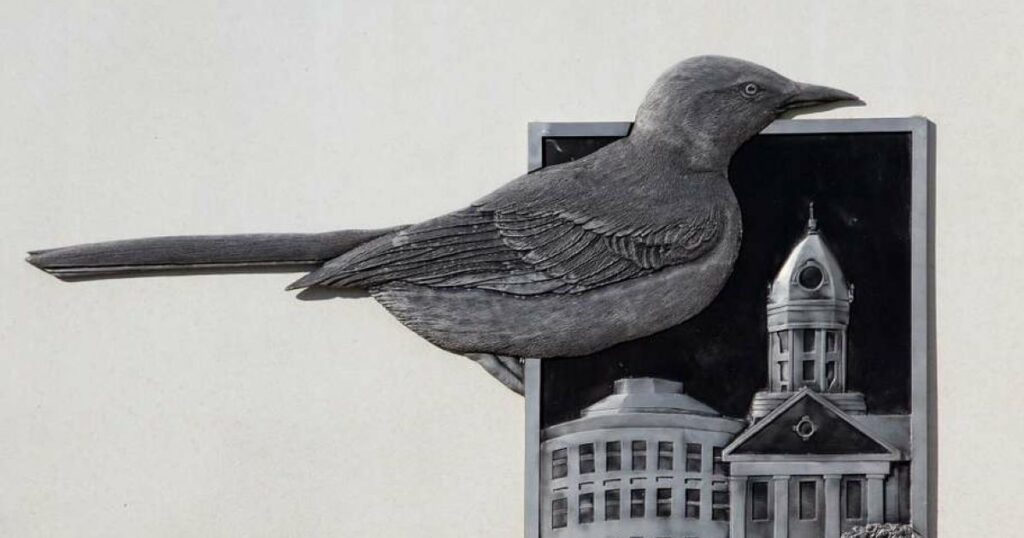A literary reflection by Kate Deddens on George MacDonald's The Princess and the Goblin. This is one installment of a monthly series providing reflections on works of literature from a Lutheran perspective.
“Let no one think himself too wise, and disdain … child’s play. When Christ wished to teach men, he became a man. If we are to teach children, we must become children. Would God we had more of this child’s play,”[1] wrote Martin Luther. Children should be taught in “a childlike way and in the midst of their play,” he advised.[2]
Without a doubt, there is nothing more essential to child’s play than the imagination. This is a principle the Victorian-era Scottish pastor, poet and novelist George MacDonald understood well. MacDonald applied it so masterfully that some of the most beloved writers of children’s stories, like J.R.R. Tolkien, C.S. Lewis and Madeleine L’Engle, were deeply influenced by his work. Lewis went so far as to say, “I have never concealed the fact that I regarded him as my master, indeed I fancy I have never written a book in which I did not quote from him.”[3] L’Engle said MacDonald was “the grandfather of us all — all of us who struggle to come to terms with truth through imagination.”[4]
These authors wrote fables filled with imaginary creatures and events, yet their make-believe worlds offer profound depictions of reality. In his book Imagination Redeemed, Matthew Ristuccia puts it this way: “The human imagination is where meaning is made, where a vision for life is set, where mind and heart and will converge.”[5] Steeping ourselves in such a vision for life helps us come to know what is real, and it is precisely the imaginative nature of these parables which conveys reality to children so delightfully and effectively.
The world of The Princess and the Goblin
Of all his prolific writing, MacDonald is said to have considered The Princess and the Goblin to be as good a work of fable as he was capable of writing. In it, we meet little Irene, a real-life princess. Irene is everything a princess ought to be: honest, faithful, courageous, honorable, kind, courteous and humble.
Irene did not live at home with her beloved father, the king, whom she missed dearly and honored immensely. Her mother was not well, so Irene had been sent to the countryside to be raised by caretakers in a half-castle, half-farmhouse, halfway up a mountain. Nothing made Irene happier than spending hours joyfully exploring the mountainside in the sunshine. However, she was not permitted to be outdoors after the sun set. For beneath the mountains lay a complex world of connected caverns teeming with treacherous goblins. Of course, everyone who has read such stories knows that goblins creep out of their caves at night, and nothing good will come to any children these menacing goblins might find.
Once upon a time, the goblins had been like other people, but they had come to resent their king. They felt he had treated them too severely. So, they retreated into the subterranean realm of the caverns, rejecting the sunlight. In that interminable darkness, they became hideous in face and form, and mischievous, unkind and cunning in character. Despite their sly shrewdness, their natures were as dull and dense as the darkness that engulfed them. This was obvious from the simple fact that they hated rhyming and singing. Only those with small hearts and shrunken minds hate poetry and music, so of course the goblins detested these things almost as much as they hated the light.
This is the cosmos in which the story of The Princess and The Goblin takes place. It is a world eerily like our own, in which there are those who experience sunlight under the sovereign rule of a benevolent and just lord, and those who live in darkness — remaining in the realm but despising their king. Like the goblins, they prefer to pretend they are autonomous and live by their own measure of uprightness, setting up a delusionary government of their own and becoming increasingly disfigured physically, mentally and spiritually in their bleak, inhumane stone prisons.
Irene faithfully follows her thread
The adventure begins when Irene, trapped indoors because of relentless rain and tired of amusing herself with her toys, spontaneously begins exploring the great castle-farmhouse in which she lives. We are never told exactly why, but we later realize that a beneficent and other-worldly power has called her to the task. Up Irene goes, bewildering staircase after staircase, through one dimly lit passageway after another, until she discovers the source of the call. She becomes connected to it by a mysterious invisible thread.
Just as Theseus followed Ariadne’s thread out of the labyrinth after slaying the Minotaur, Irene faithfully follows her thread as well. In doing so, she helps rid her father’s land of the insurgent goblins who have plotted to capture her, force her to marry their prince, and thus bend her father to their will.
Through her quest, and with the help of her strong and brave friend, young Curdie, Irene’s decisions and actions reveal the true nature of reality. Irene’s enigmatic great-great-grandmother tells her that though it may seem the thread takes her in a “very round-about way indeed,” she “must not doubt it.” We learn that believing does not depend upon seeing. We glean that the truth reveals itself when it wishes, for it is subject to neither our demands nor our timing. We witness how Irene is always guided and protected, even when her path seems uncertain and murky. We watch the upright princess hold fast to the truth with childlike faith and trust — always asserting what she knows is really real — despite the times when even those closest to her claim that what she knows is only nonsense. We see Irene and Curdie do good to each other and to others by embracing lives of service to their king, their people and their country.
Faithfully following God’s thread for our lives
There are many more interesting twists to the story, but it would ruin the pleasure of reading the tale to tell them all. It is enough to know that in the fantastic world of The Princess and the Goblin, MacDonald paints a beautiful image of what it means to be saved by grace, not by our own will or works. By grace, we are carried upon a journey filled with wonder through a fallen world that is nonetheless charged with the grandeur of God.[6]
As we hear how Irene faithfully followed the mysterious thread, we also perceive how God leads us in paths not of our own choosing — not even clear to our minds — while He ceaselessly sustains and strengthens us so that we accomplish what He has ordained for us. God asks only that we trust in Him and embrace the reality of His revelation as we lean not on our own corruptible understanding but seek always to follow Him. In doing so, we love and serve our neighbors.
The great Christian author and apologist G.K. Chesterton said of this story, “I for one can really testify to a book that has made a difference to my whole existence. … Of all the stories I have read … it remains the most real … the most like life.”[7] What Chesterton means is that such imaginative stories are not simply instructive for children — rather, they are instructive for us all, no matter what age we are when we read them. Furthermore, not only must we become like children to teach children well, but we, too, can learn how to be childlike from such tales.
By reading The Princess and the Goblin, we see what it would be to become like Irene ourselves. To be truly childlike, we must dependent entirely on God’s grace, trusting entirely in our Savior, Jesus. And in reading fables like this one, we can better comprehend the words of Jesus, the master of parables: “Truly, I say to you, unless you turn and become like children, you will never enter the kingdom of heaven” (Matt.18:3).
All quotations taken from George MacDonald, The Princess and the Goblin (Harmondsworth: Puffin Books, 1985).
[1] Martin Luther, quoted in Luther on Education by F.V.N. Painter, (Philadelphia: Lutheran Publication Society, 1889), 155. Accessed archive.org/details/lutheroneducati00luthgoog/page/n160/mode/2up.
[2] Luther, quoted in Luther on Education, 122.
[3] C.S. Lewis, preface to George MacDonald (New York: Harper Collins, 2009), xxxvii.
[4] Madeleine L’Engle, quoted in “The Golden Key: Why Read George MacDonald,” by Haley Stewart, Word On Fire, Nov. 15, 2023, wordonfire.org/articles/the-golden-key-why-read-george-macdonald.
[5] Veith, Gene Edward Jr., and Ristuccia, Matthew P., Imagination Redeemed (Wheaton: Crossway Books, 2015), 29.
[6] Gerard Manley Hopkins, “God’s Grandeur.”
[7] G.K. Chesterton, introduction to MacDonald and His Wife, by Greville MacDonald (New York: L. MacVeagh, 1924), george-macdonald.com/resources/chesterton_introduction.html.
Cover image: “Oh! I do feel it!—But I can’t see it” by Charlges Folkard, 1949.






Bendiciones es la primera vez que entro a esta página, me encanta como llevan la le tura a una relación con la fe y la virtud. Soy de Ecuador, trabajo como maestra me interesa sus escritos. Bendiciones
Very fine article. You did a good job of creating interest while not giving too much away.
Several folks–about a dozen–are currently reading The Princess and the Goblin at Zion Lutheran Church, Abilene, Texas.
I’d also strongly recommend MacDonald’s “The Light Princess”—my personal favorite of his fairy tales!
What a fine article! I can’t wait to read this!